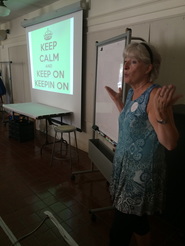
And so it goes in our kindergarten classroom...with our picture books inspired by Mr. Carle's famous book, The Very Hungry Caterpillar. You may recall that we originally worked on this unit of study back in October, right after we launched the writing workshop in kindergarten. At that time, most of our students did not have enough letter-sound knowledge or letter formation skill to write the text that went along with their illustrations. We were just beginning our journey. We were learning about the thinking that happens when we compose, whether in pictures or words. Here is our curricular calendar for that unit of study:
But we recognized that writing the text to accompany the pictures would take most of our writers far beyond their Zone of Proximal Development (Vygotsky, 1978) at that time. And so, we put the project away. We were "not lazy", in Mr. Carle's words. We just decided to do this work "...slowly, slowly, slowly".
And, so, we recently brought the students' pieces back out and asked them to finish their stories by adding the text. We reread our mentor text, The Very Hungry Caterpillar and then "reread" our pictures. It did not take our writers long to remember their stories! Some of them had written their own repeating phrase while others used that of the mentor text, "...but he was still hungry" as their anchor line on each page.
We found that most students had clear spaces between words, punctuation at the ends of some sentences, and phonetic spelling that included the most prominent sounds in non-sight words. Here are some examples:
As we complete testing this week in reading, I am interested to see the impact of our writing work on the students' reading levels. There is no doubt in my mind that they are doing substantial reading work as they write - we ask them to reread their writing to us multiple times a session. This practice alone has strengthened their concept of print and concept of word mastery.
As excited as I am to see and smell the spring blossoms and to feel the warming sun, I can feel the bittersweet stirrings of sadness as I can see the approaching end of year. Thankfully, we are not done yet; we are hatching our next unit of study even as we speak.
And, so, I will take a deep breath, slowly, slowly, and enjoy the spring with our kindergarten writers.
Just like the sloth in Eric Carle's book, "I am relaxed and tranquil..."
I am in no hurry.
Have a great writing week!
#allkidscanwrite
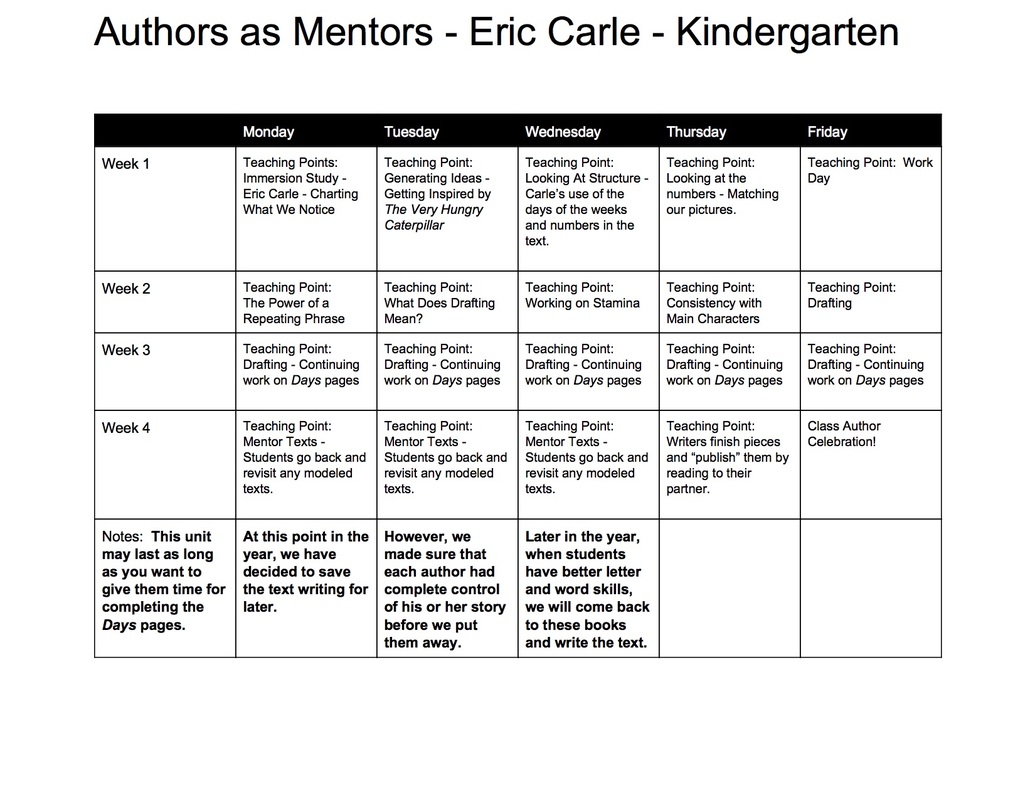
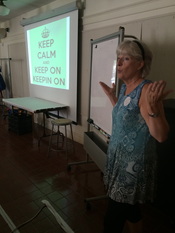
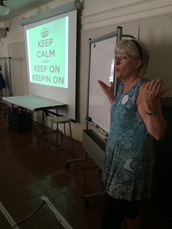
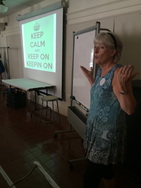
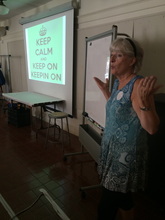
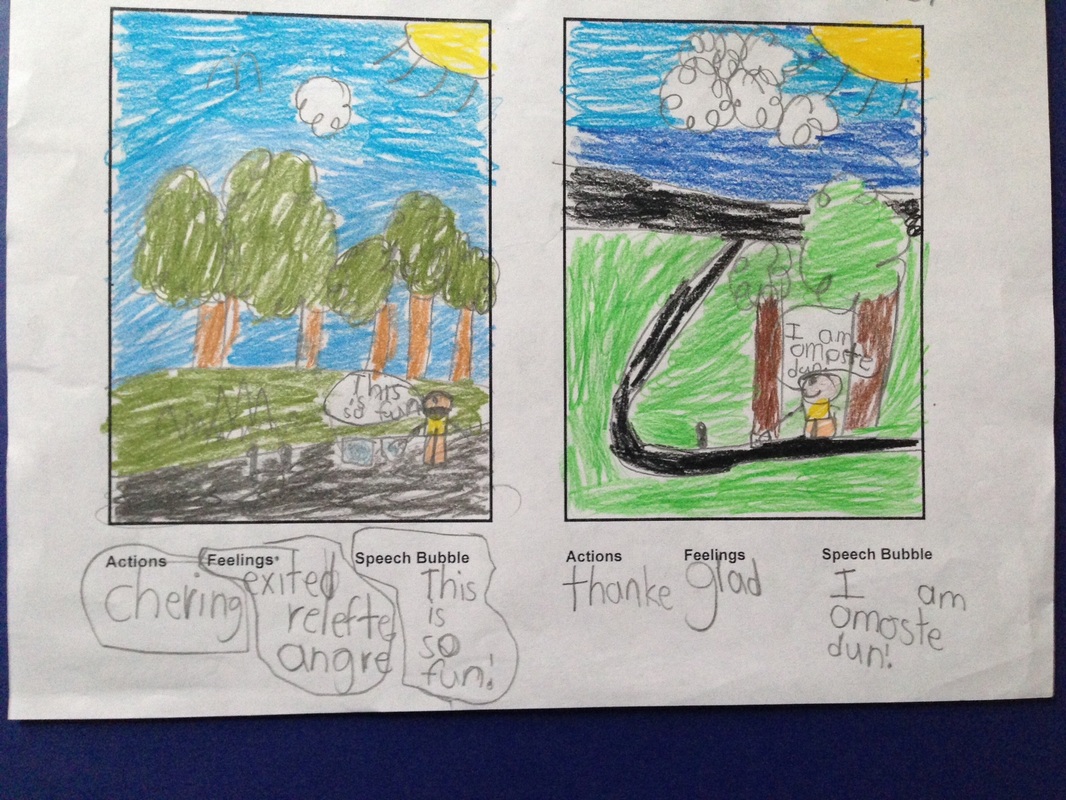

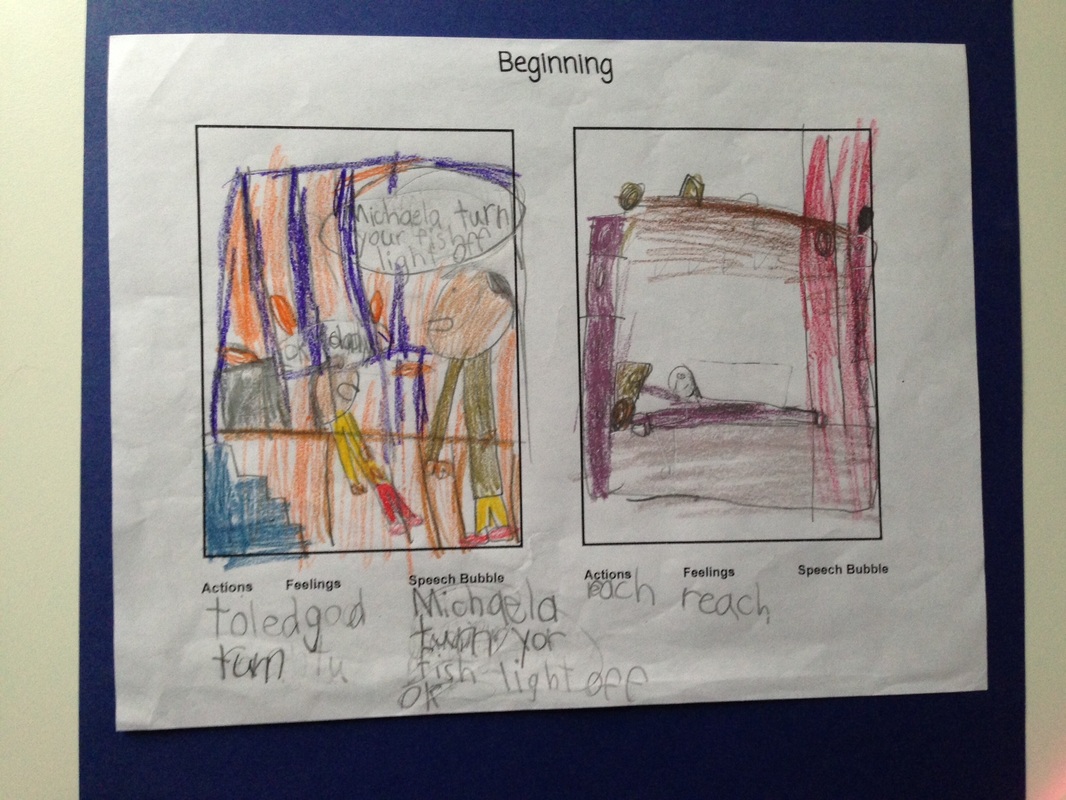
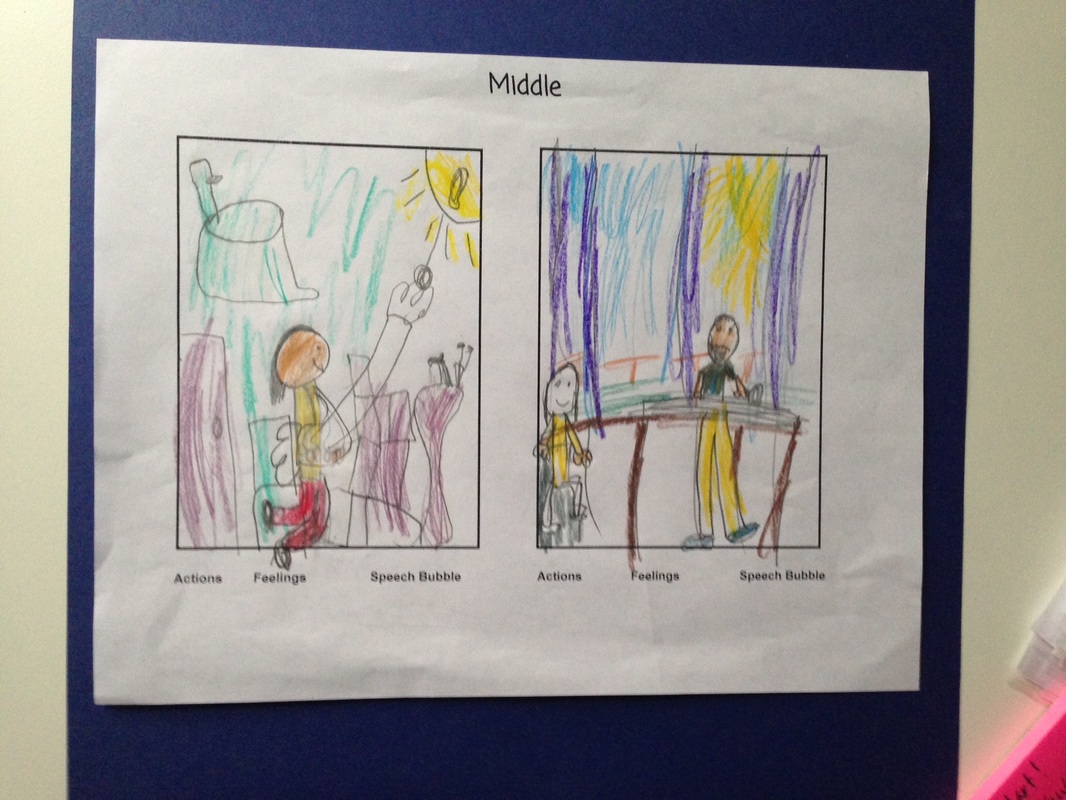
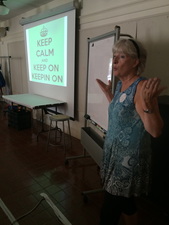
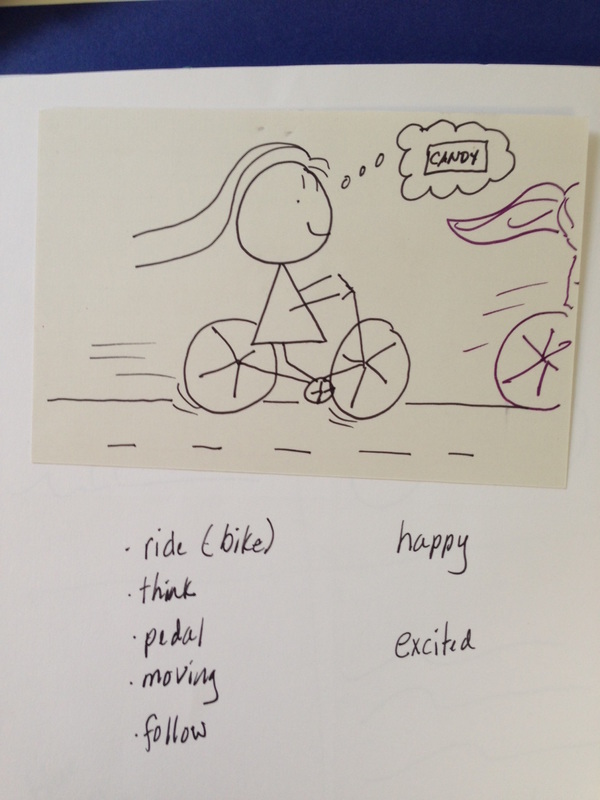
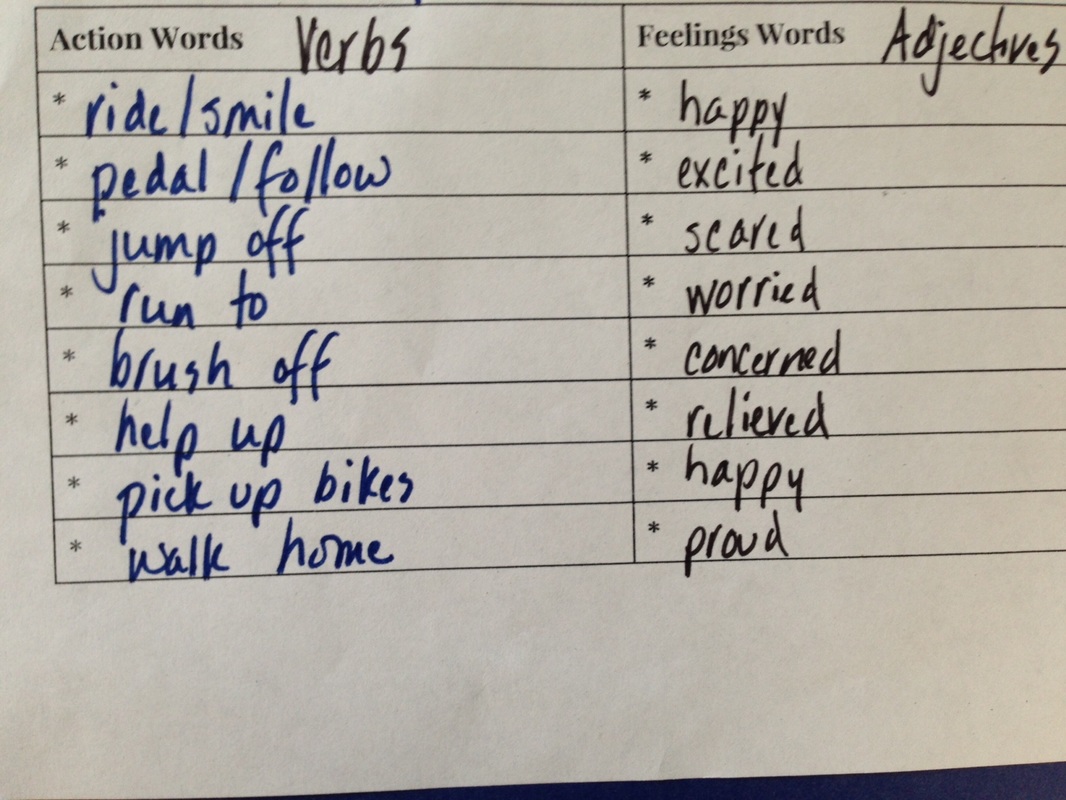
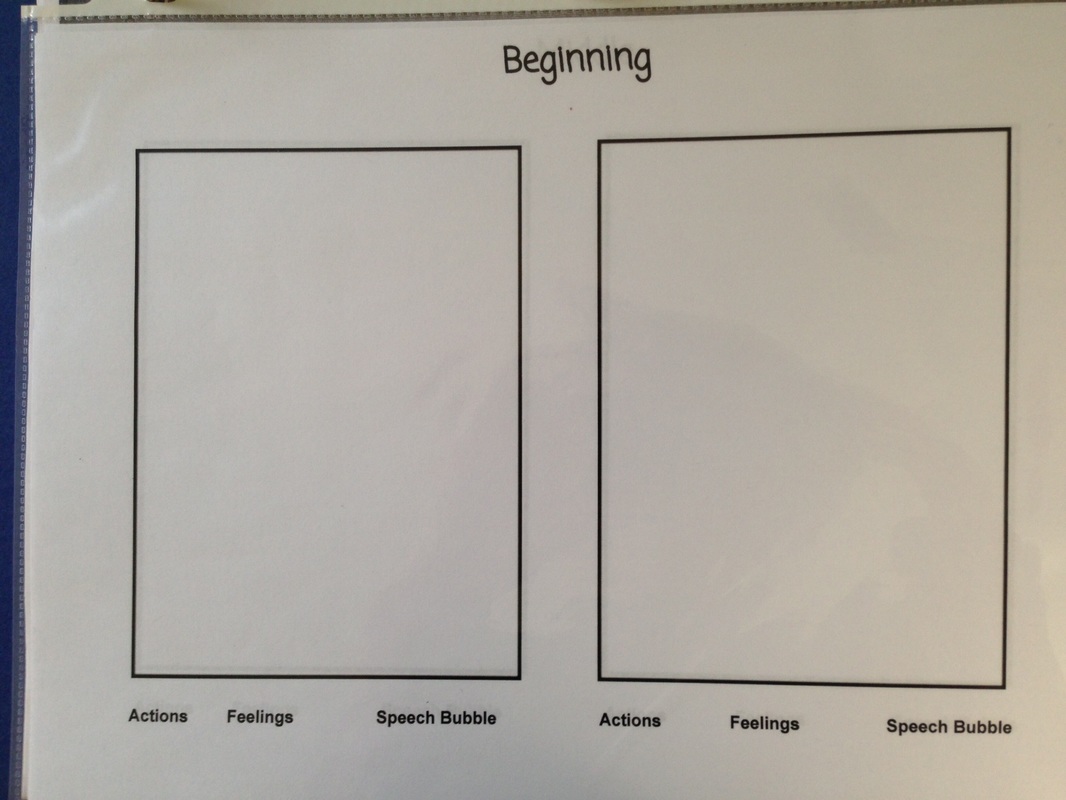
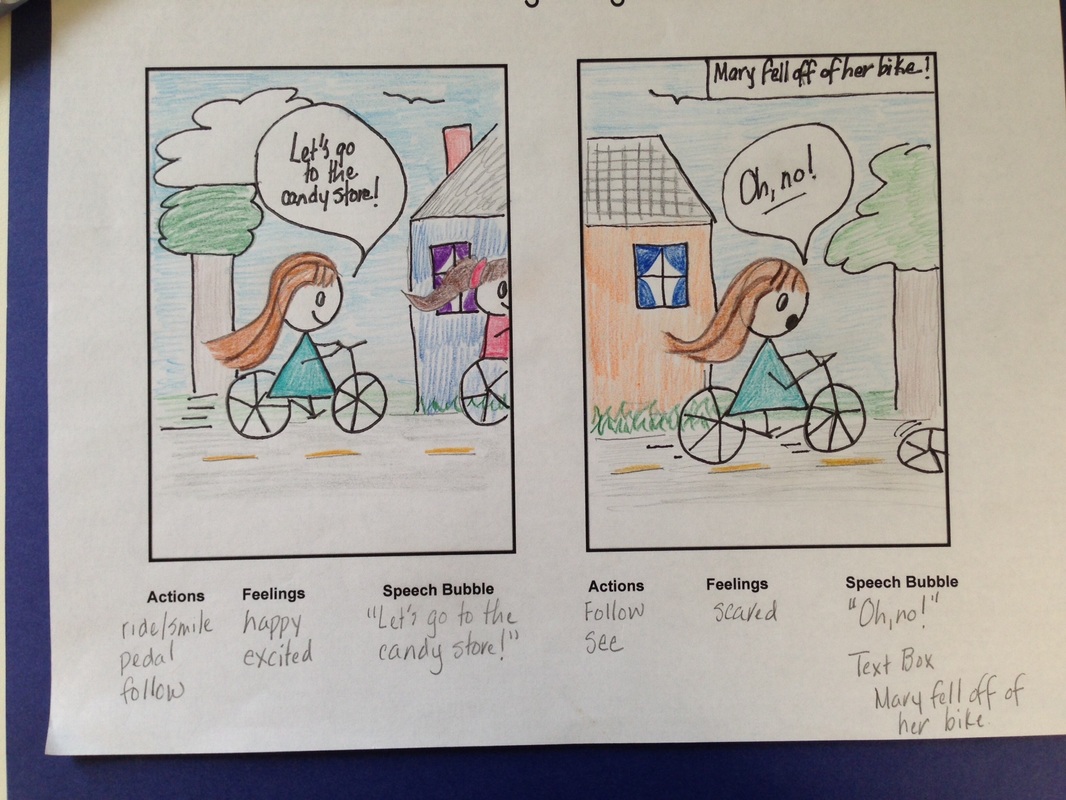
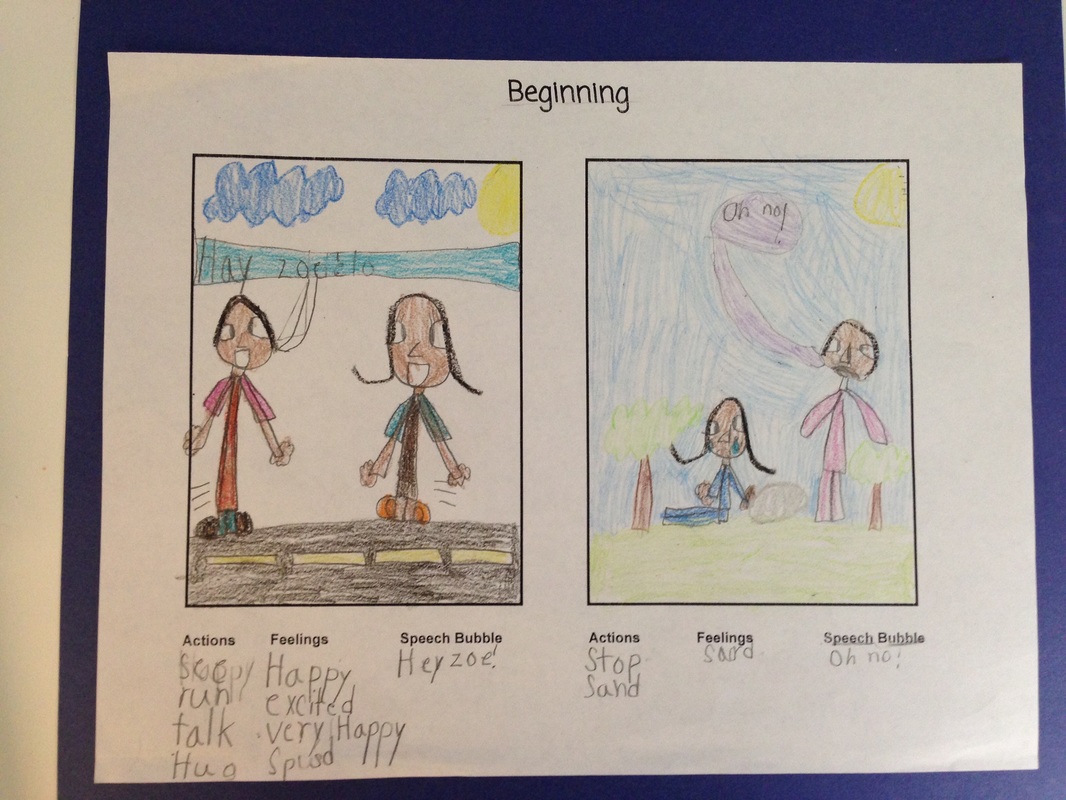
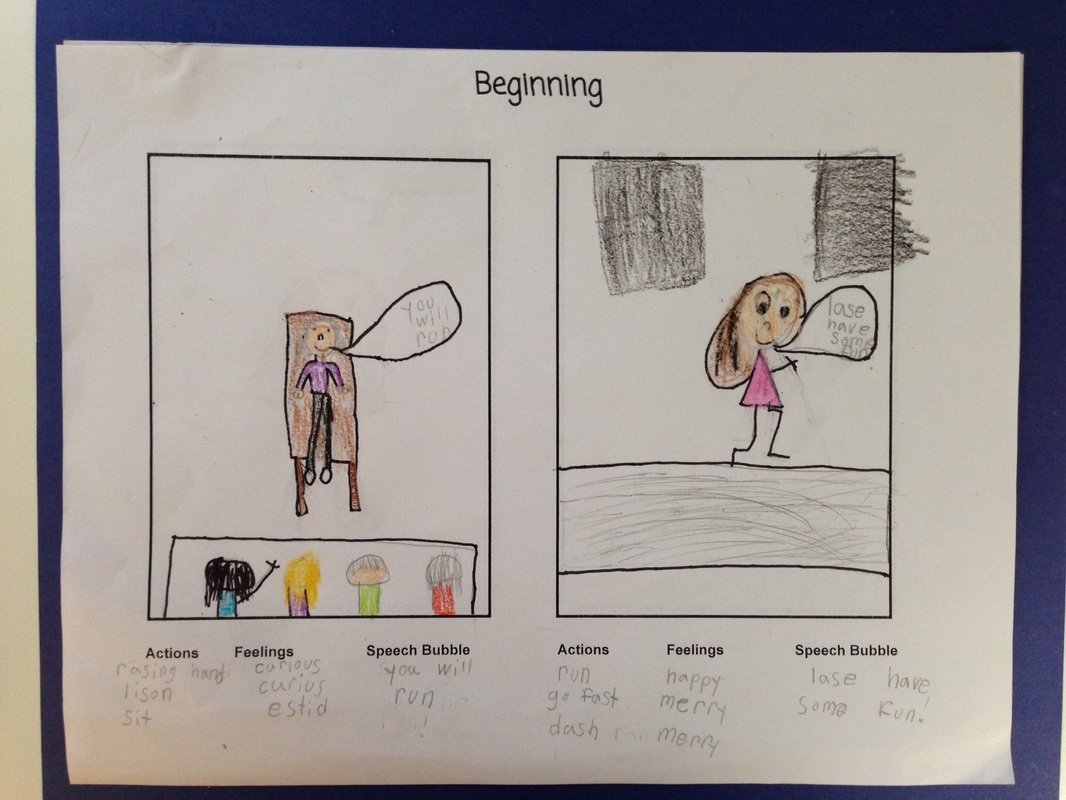
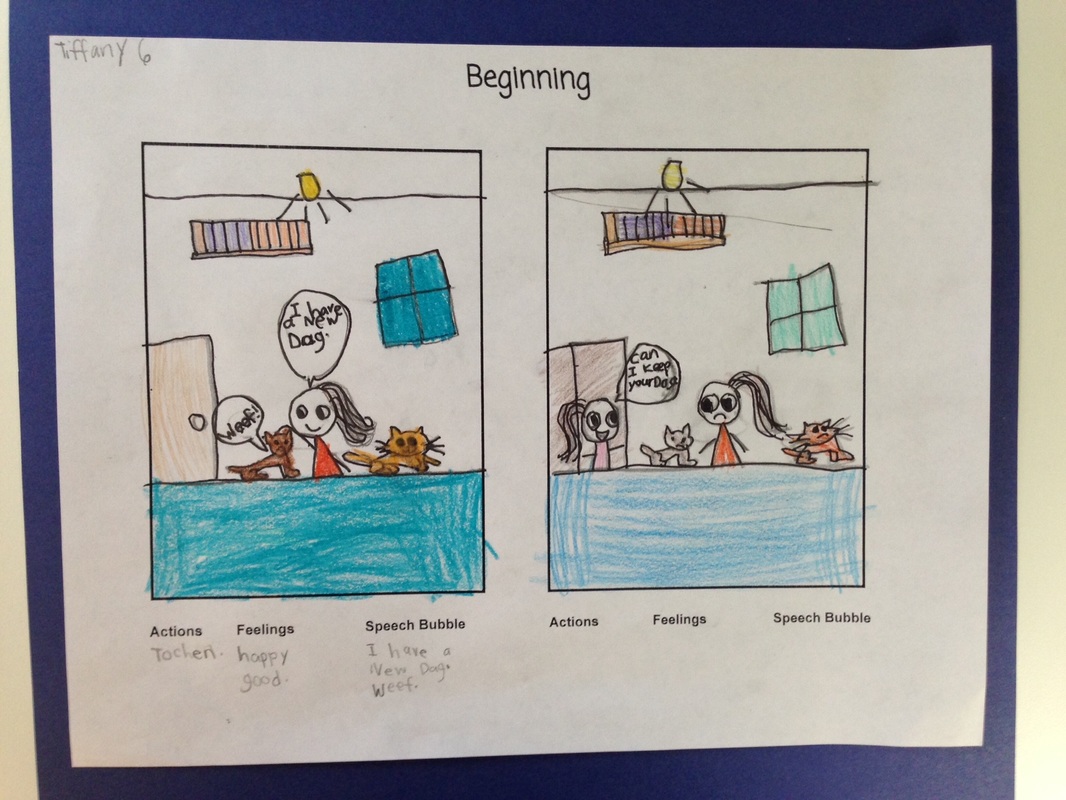
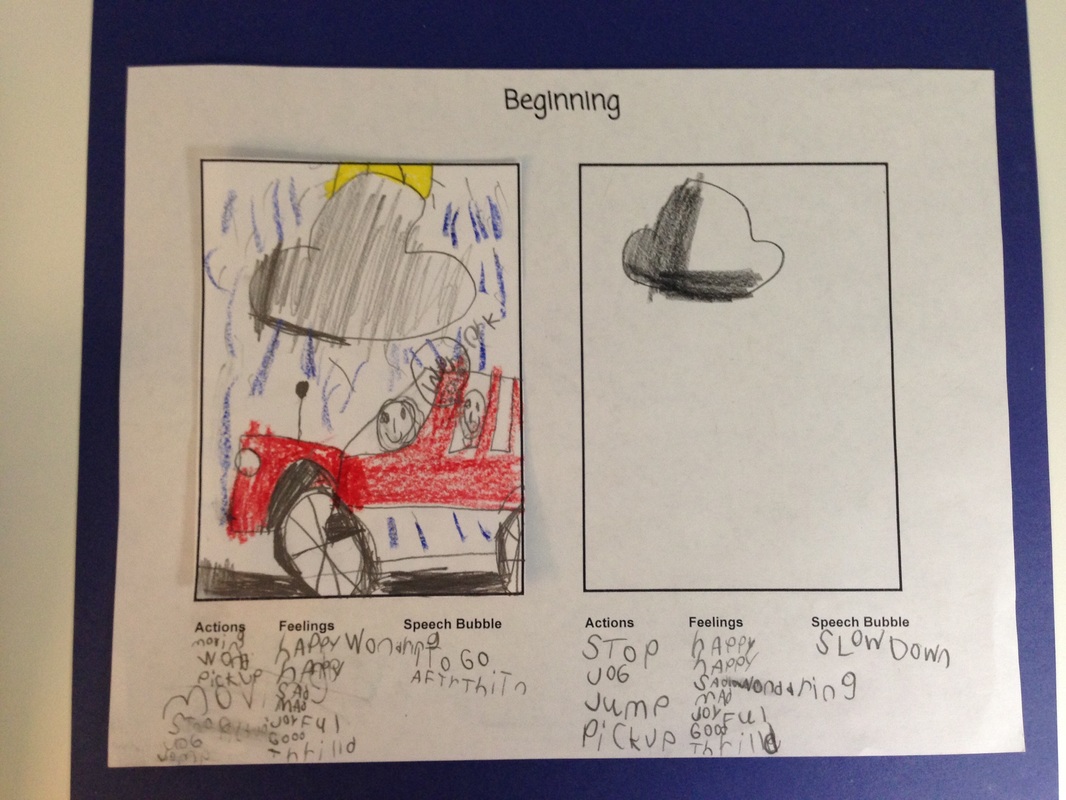
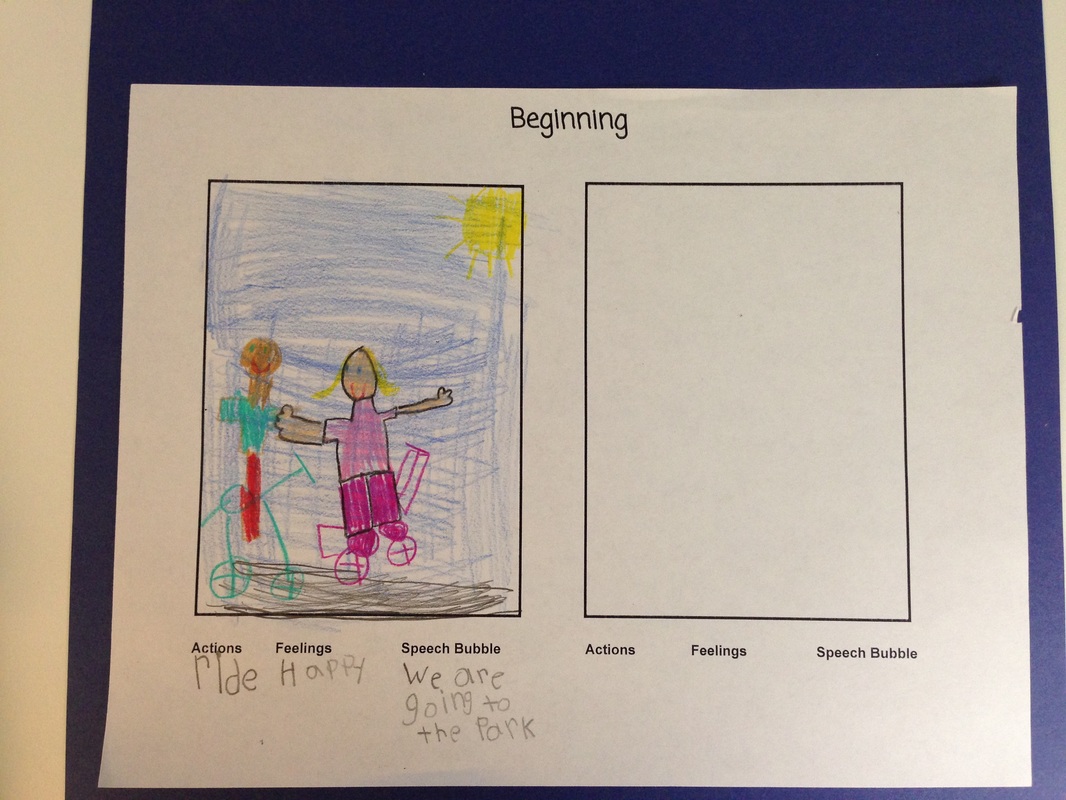
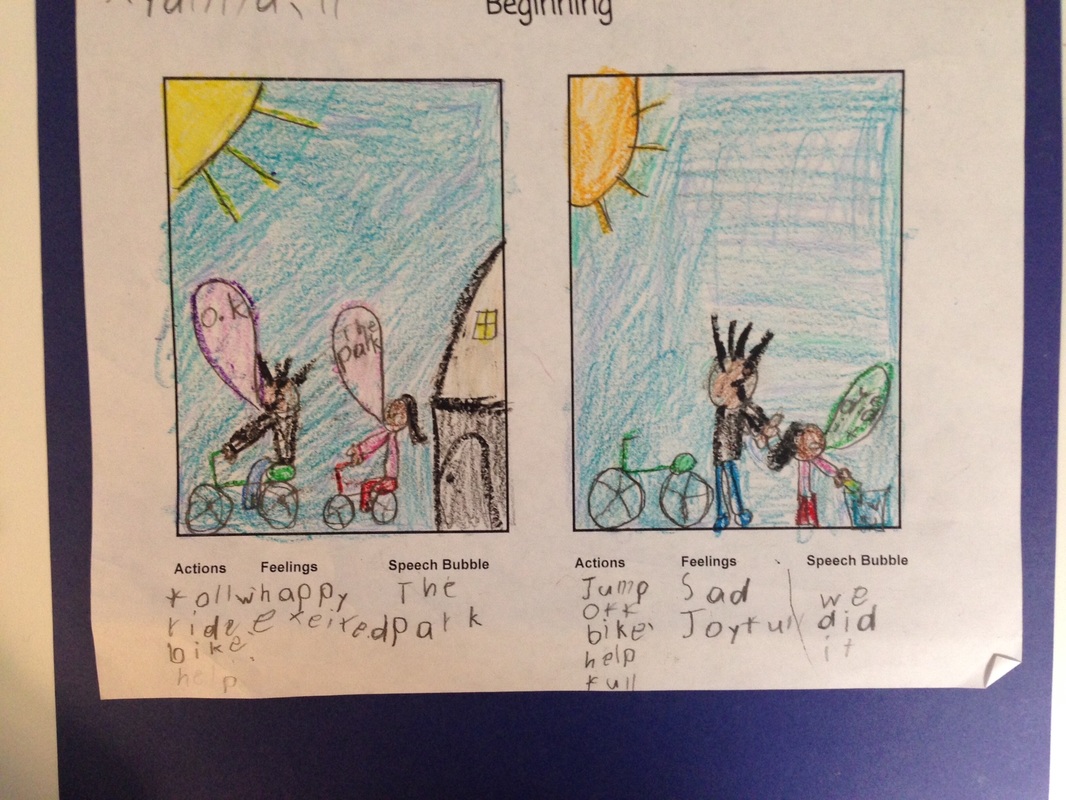
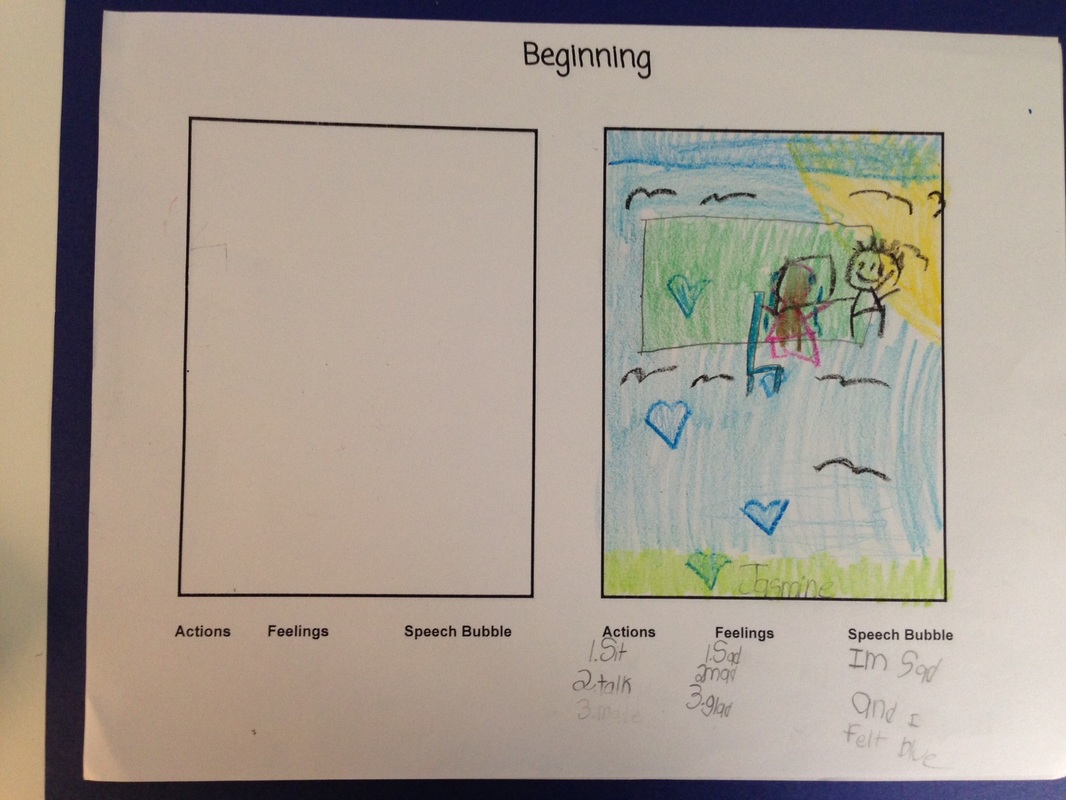
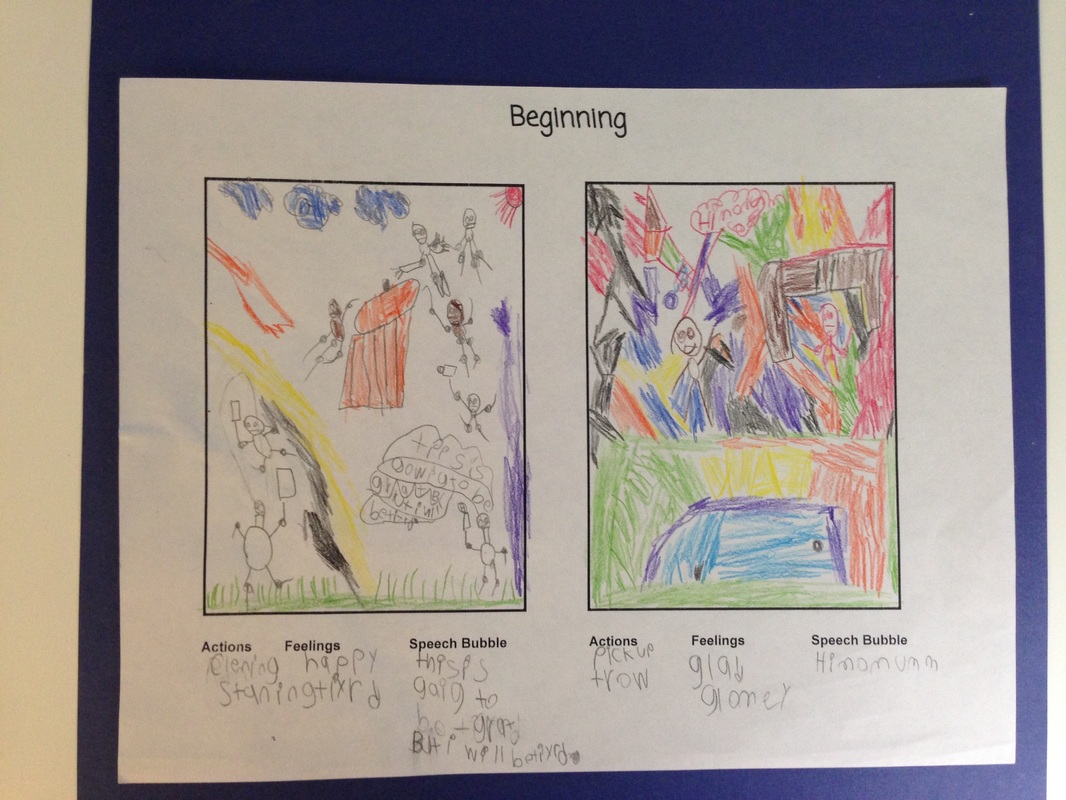
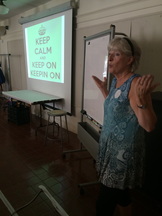
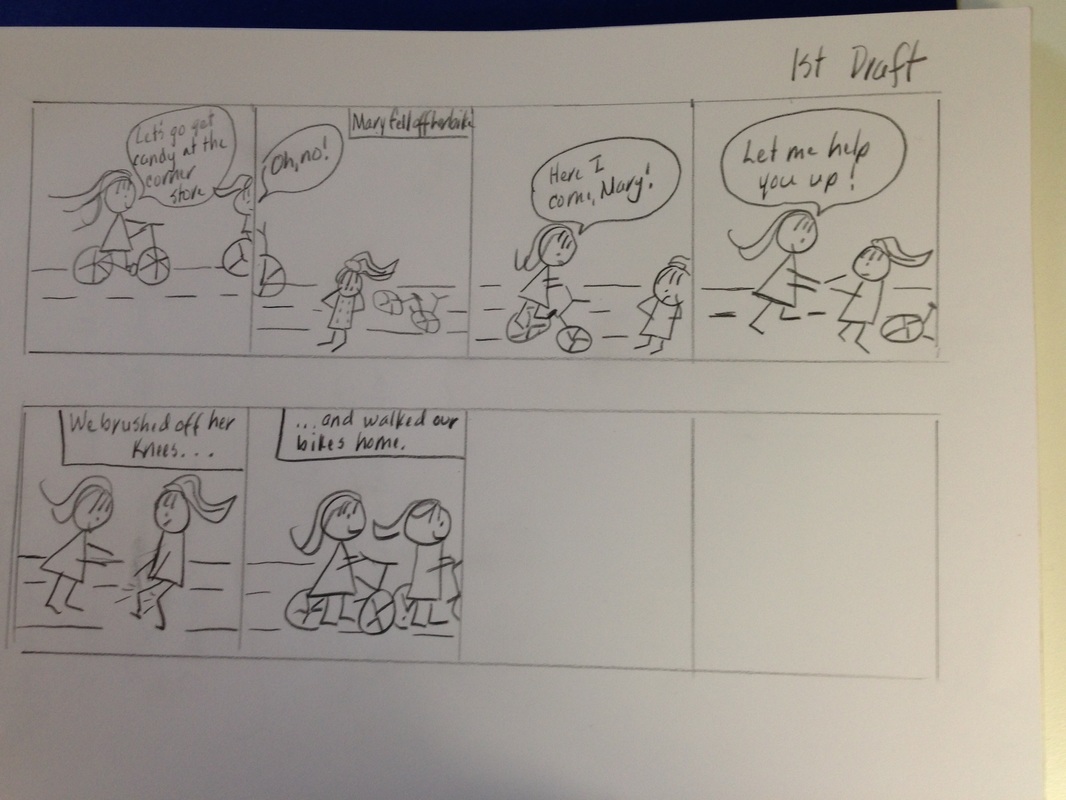
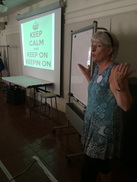
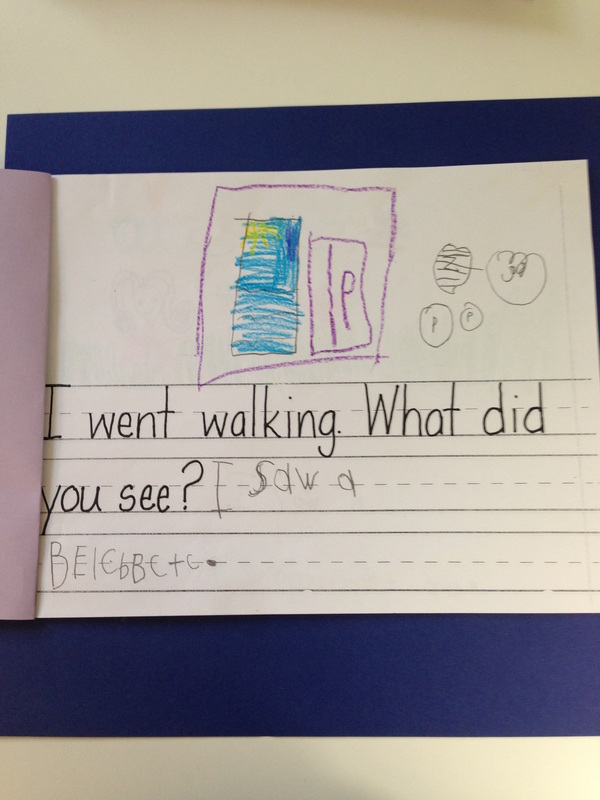
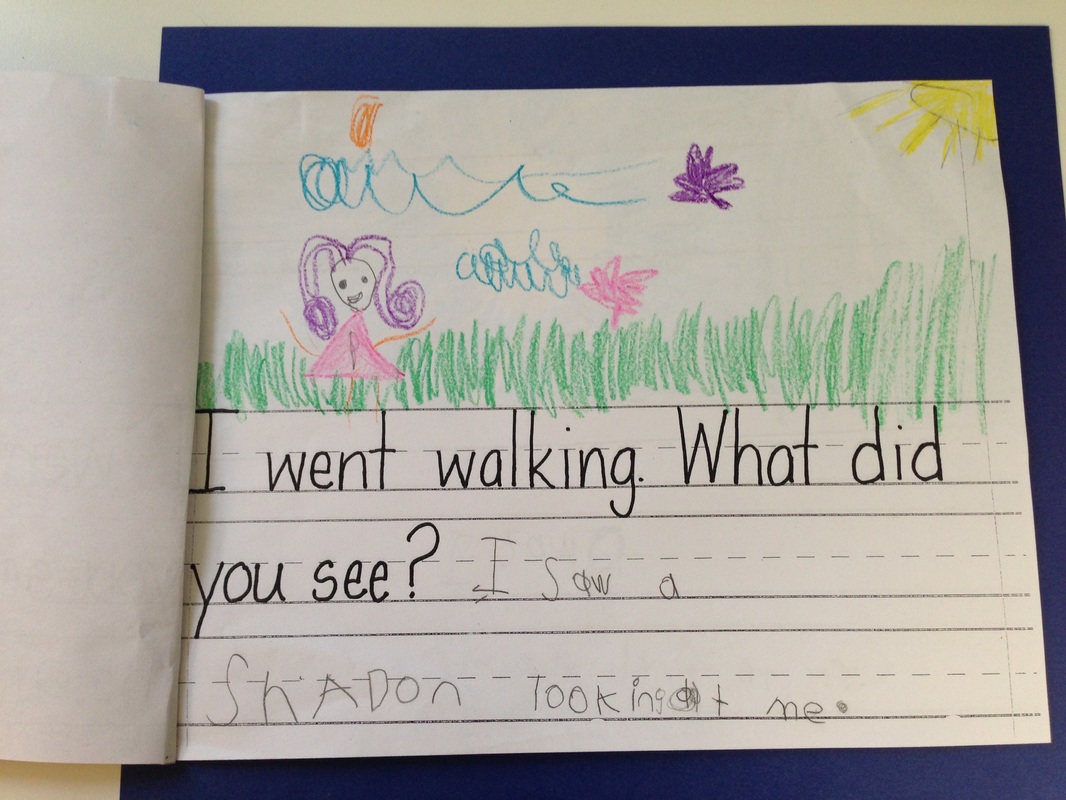

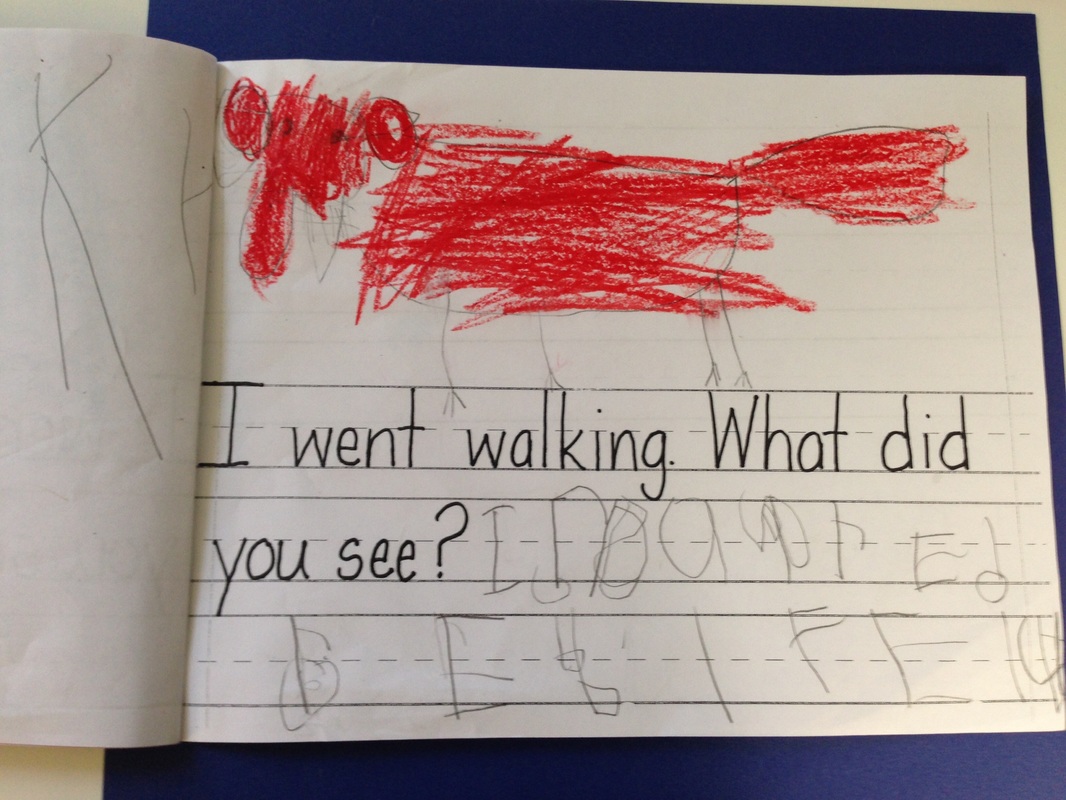
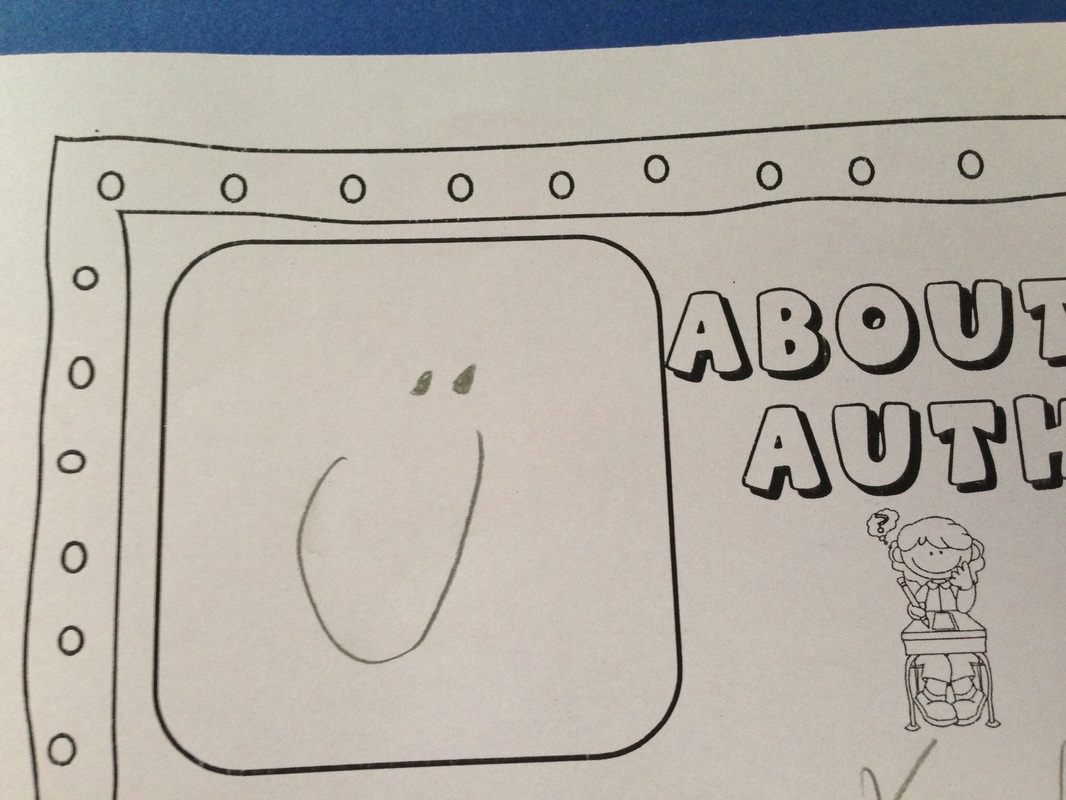
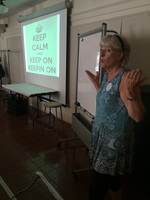
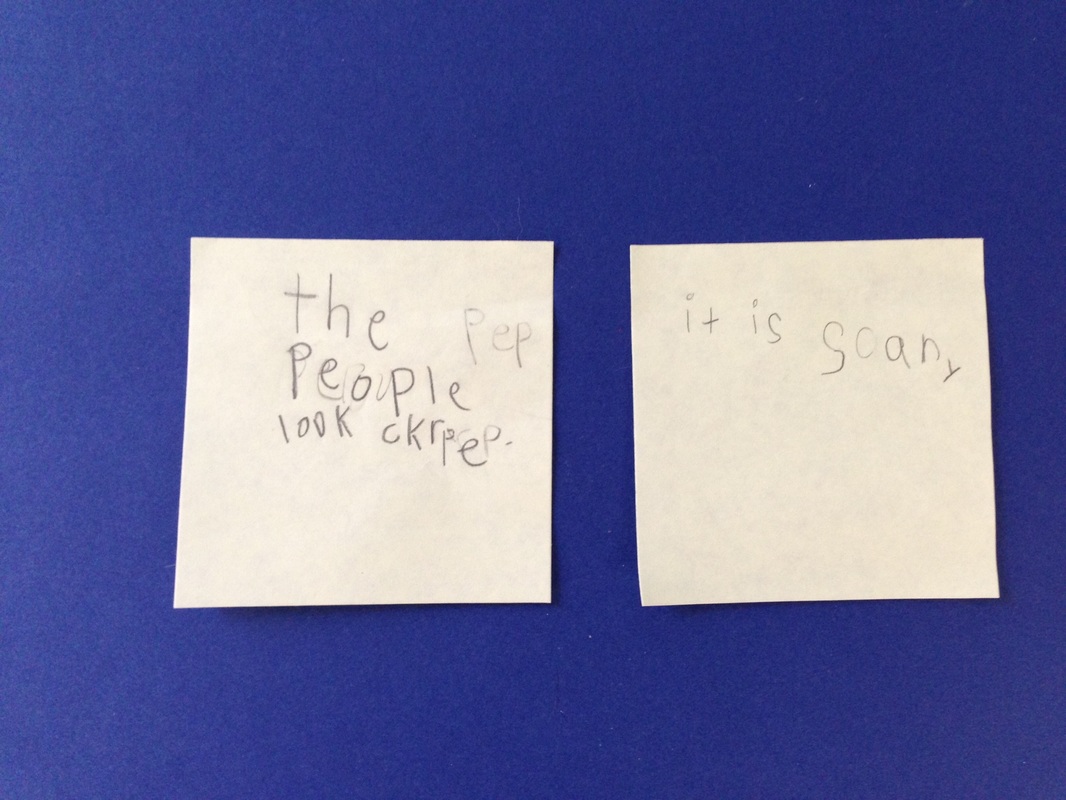
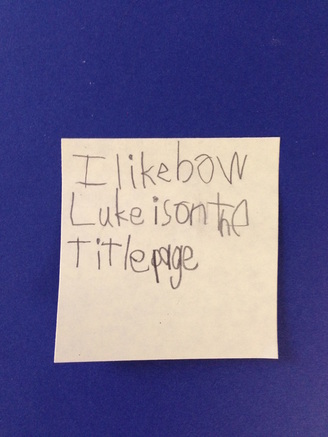
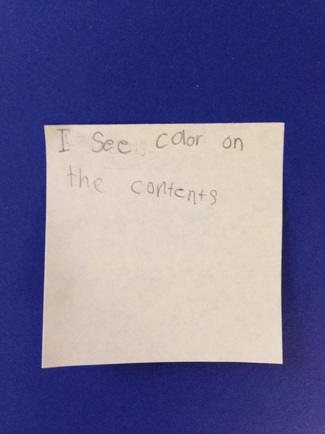
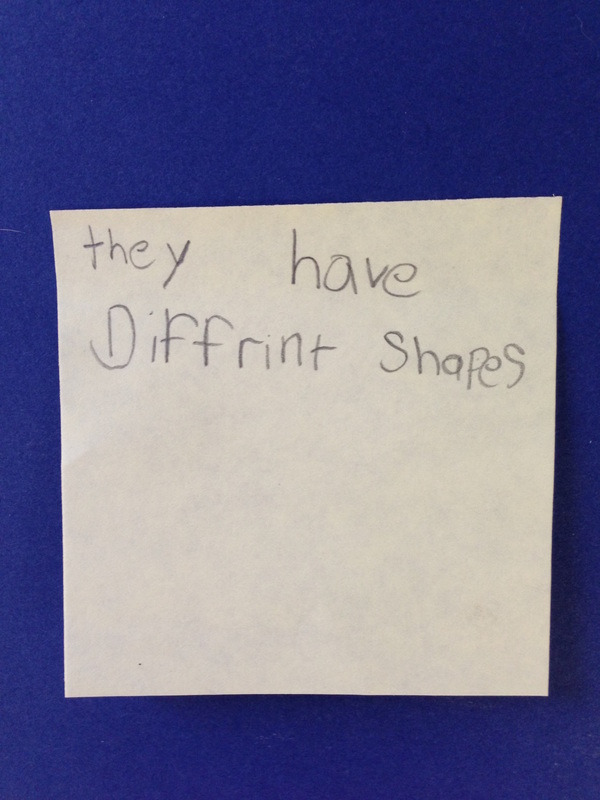
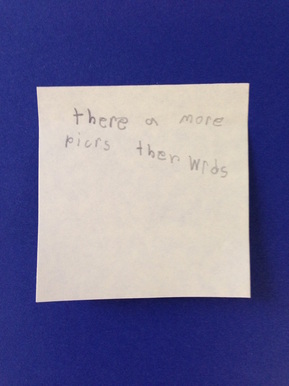
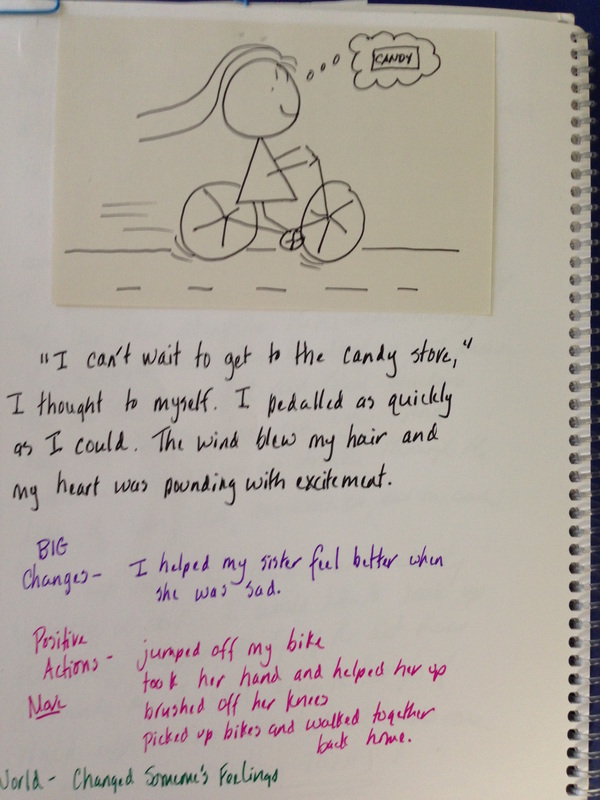
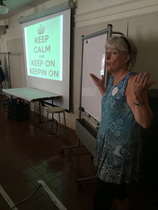
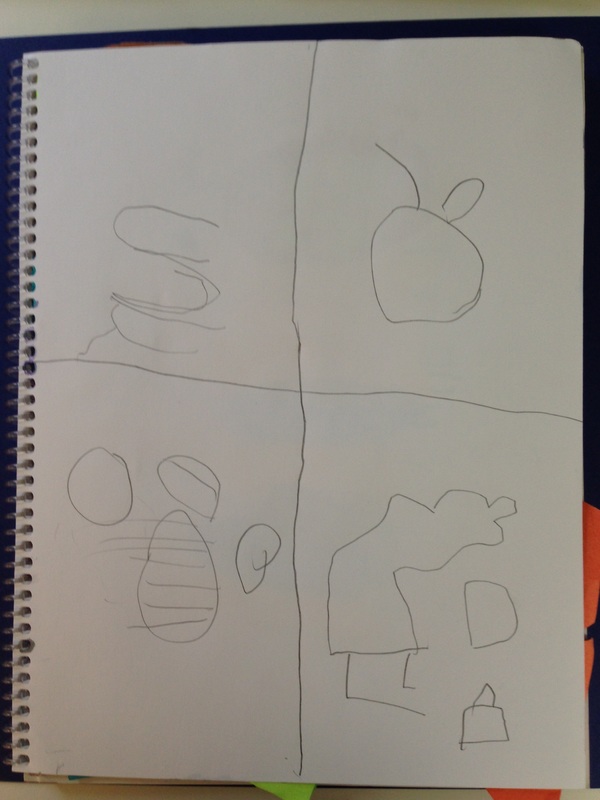
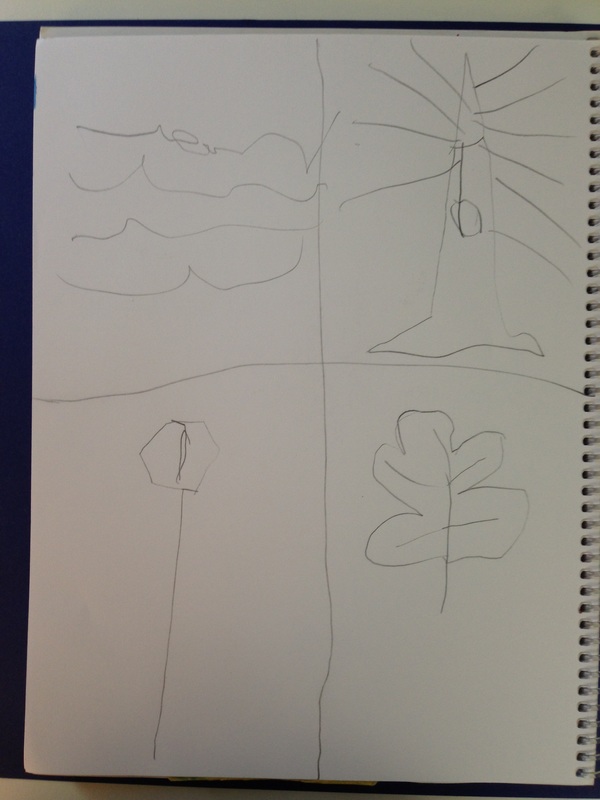
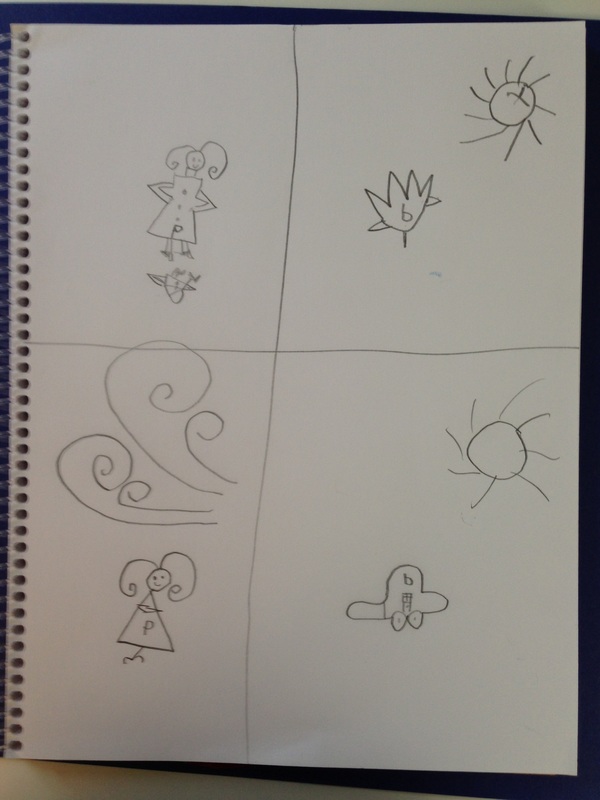
 RSS Feed
RSS Feed
